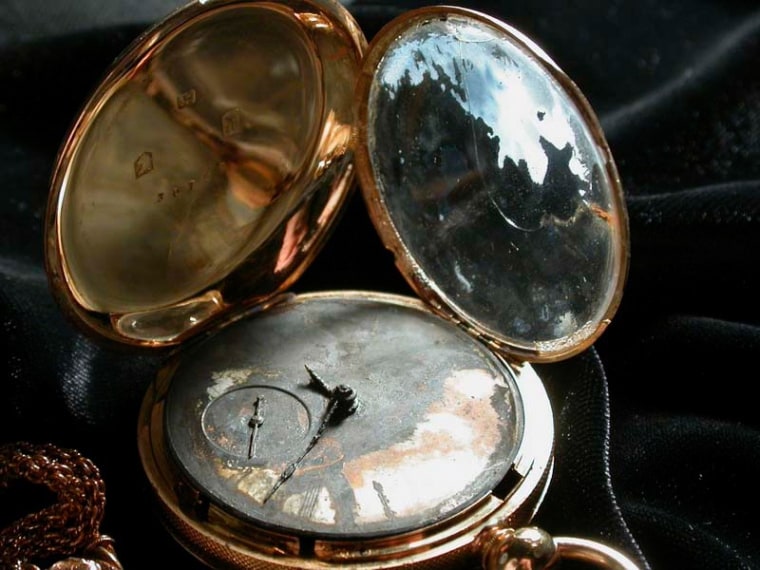When scientists opened the watch belonging to the H.L. Hunley commander three years ago, they thought they had the key clue to why the Confederate submarine sank off Charleston.
But the 18-karat gold watch now seems to raise even more questions even though scientists announced Friday it did not slowly wind down but stopped quickly — perhaps the result of a concussion or rushing water.
"All of us were thinking the watch pointed to the crucial moment," said state Sen. Glenn McConnell, R-Charleston, chairman of the state Hunley Commission. "But I would say instead of the smoking gun, it's more of the smoke that keeps you from seeing."
The hand-cranked Hunley rammed a black powder charge into the Union blockade ship Housatonic on Feb. 17, 1864, becoming the first sub in history to sink an enemy warship.
The Hunley also sank that night with its eight-man crew. It was found 12 years ago off Charleston, raised in 2000 and brought to a conservation lab.
The watch owned by Lt. George Dixon was opened in 2004. It read 8:23, tantalizingly close to historical accounts that the Housatonic sank around 9 p.m.
McConnell said experts from the National Association of Watch and Clock Collectors said the dampness on the Hunley could have made the watch run slow.
So concussion of the explosion might have stopped the watch and sank the Hunley.
But McConnell also said there is no way to tell if the watch was even working that night. It may have been broken but Dixon may have continued to carry the expensive watch.
And if the time on the watch was right, it doesn't explain how Confederate soldiers on shore reported a blue light signaling from the Hunley about 45 minutes after the attack on the Housatonic, he said.
McConnell said the fate of the Hunley may be revealed by other clues. In the coming months, scientists will X-ray valves on the pumping system that are encrusted with sediment.
The position may tell whether the sub was taking on water.
When scientists start removing encrusted sediment from the hull, they may find evidence of a rope showing the Hunley was anchored waiting for the tide to turn, McConnell said.
One theory is that the sub took on water while waiting to return.
